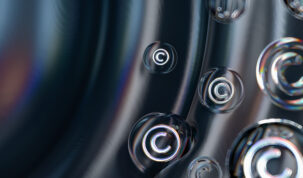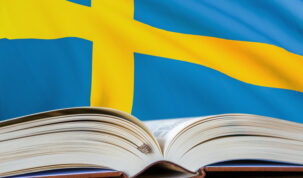Football enthusiasts all over the world indulged in the fantastic spectacle of the World Cup in Brazil this summer, enjoying a large goal average (2.88 goals per group stage game), witnessing flabbergasting results (e.g. Spain vs. the Netherlands 1-5 and Brazil vs. Germany 1-7) and reading everything about the headline-making profiles such as Neymar, Suarez, Rodriguez, Robben and Müller. Eventually, as you all know, Germany won their 4th World Cup title.
As a devoted patent attorney, I cannot escape from the thought of the important role IP plays on the pitch (well, perhaps it shouldn’t be construed as the 12th player, but you’ll see my point soon). For example, does the beautifully composed preamble of patent application US2012148741 ring any bells? “A foaming composition for generating temporary foam-made indications used for marking lines and/or areas to be clearly visualized during a limited period of time and then disappearing without leaving any residues or traces…” A great story lies behind this application: the (alleged) inventor of this “vanishing spray” is the Argentinean journalist Pablo C. Silva (seems like a great name for a football player, too). During a football match, Silva had a free kick blocked by defenders rushing towards him. When driving home later after losing the game, Silva thought he must invent something to stop this, eventually leading to the efficient spray now used by many referees.
What about the balls? Needless to say, they are the subject of many patent applications and patents. Adidas AG is the proprietor of US8529386 which reveals the technology leading to the making of the Brazuca match ball. People with expertise in the field say that the ball flies true and doesn’t knuckle anywhere near the extremes that its predecessor managed, making life a bit easier for the goalkeepers. It should be noted that during the World Cup, the Mexican Institute of Industrial Property (IMPI) reported a confiscation of 4,000 fake versions of these Brazuca balls. Furthermore, IMPI reported that in addition to this, two containers with almost 17,000 (!) fake Brazuca balls were retained since a previous confiscation. Enough is enough.
For supporters, the recently published Brazilian (surprised?) utility model BRMU9002206 “Camisa de futebol com dispositivo musical” discloses a football shirt with an incorporated electronic musical device which plays the hymn of the shirt’s team or country. Indispensable, if you ask me.
With the ever-increasing development of football gear and materials, it is of vital importance to obtain protection for the innovations associated therewith. Furthermore, considering that games may attract up to a billion television spectators, the possibility for multinational companies to expose their brands is paramount. Hence, IP plays a vital role in football and means big business – just as Neymar.
Love Koci, Patent attorney




